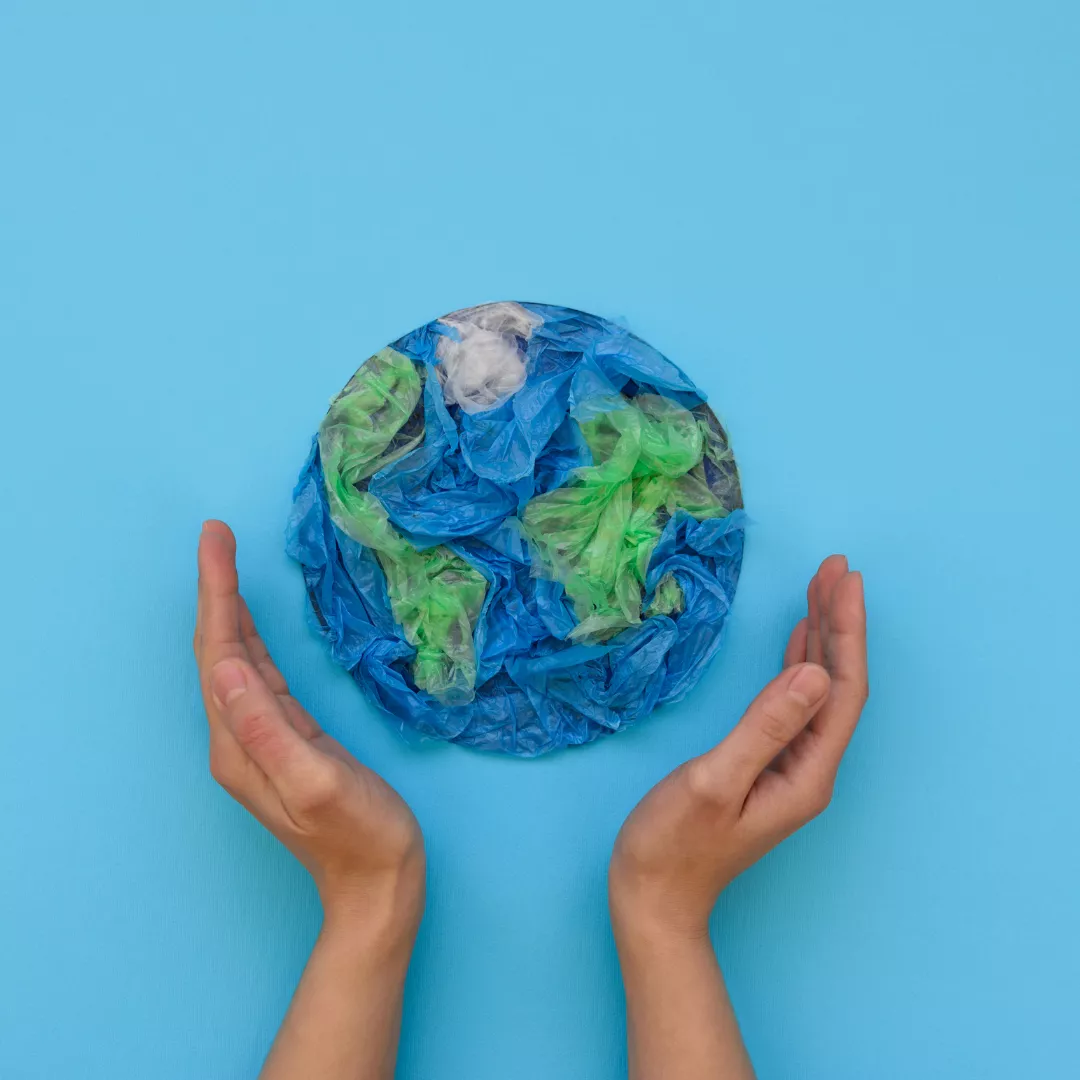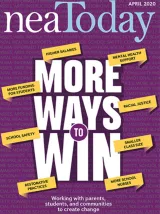This article will be published right around April 22—celebrated worldwide as Earth Day and recognized by the United Nations as International Mother Earth Day. It is a day to remind ourselves of the importance of clean air, fresh water, and unlittered land. It’s when we can all participate in making that happen rather than accepting trash-filled oceans, smoggy skies, and debris-laden land as the norm.
As educators, we know that Earth Day off ers a teachable moment, when we focus lessons on how human actions affect our planet. But with our current climate crisis, we don’t have the luxury of limiting these teachings to one day each year. So this Earth Day, I offer inspiration for how to continue teaching sustainability throughout the year.
Each of these projects is designed to last a month or longer (but not shorter). Along the way, have students write down all of the changes they made that promoted sustainability. By the end of the project, students will have established the habit of living a sustainable, low-impact life. My hope is that lessons like these will launch a generation that is kinder to our planet than those that came before them.
Lessons on sustainability
Educate students on what sustainability means and how their families and communities can avoid wasting resources necessary for future generations. Keep in mind that massive worldwide crises—such as shrinking rainforests and melting glaciers—can seem overwhelming, so it’s important to pick activities that empower students and help them understand that what they do matters. One student at a time, the world can become a healthier, more sustainable place for families and the generations that follow.
Go plastics-free
Plastic takes hundreds of years to decompose. It can be found swirling in the ocean where it badly aff ects marine life. Every year, mammals, seals, and sea birds are killed after ingesting plastic or getting tangled in it. Educate students about the toll that single-use plastic is taking on the planet. Then, have them work to reduce their use of plastic for one month. Students start by calculating their plastic consumption with this plastics calculator: www.omnicalculator.com/ecology/plastic-footprint
It focuses on their use of the most common plastics such as bottles, cups, straws, bags, silverware, and food containers. Students will itemize their usage at the start of the month, meet in small groups (or as a class) to discuss ways to reduce this, and then weekly rerun the calculator to see if they’re improving.
If kids can’t avoid plastic altogether, challenge them to reuse plastic containers, bottles, cups, and bags. Instead of throwing them away, students can wash and reuse them, just like people did before plastic took over. Other easy, low-budget ways to reduce plastic? When ordering takeout drinks, refuse the beverage top (how often do you spill?). When eating out, bring your own reusable container for the doggy bag.
Go paper free
Each year, the world produces more than 300 million tons of paper, according to the Environmental Protection Agency. Students will not be able to impact the largest users—schools and businesses—but they can aff ect how much paper is used in their homes. For one month, do everything possible to avoid paper. TeacherHub.com offers these ideas for students:
- Rather than print a document or project, email it, or share it on a computer or mobile device.
- Instead of wiping spills with paper towels, use cloth towels.
- If you must print, try printing out only the pages you need rather than the entire document.
Help students reduce their carbon footprint
At the beginning of the month, have students measure their carbon footprint with this online carbon calculator, footprintcalculator.org. Challenge them to reduce their footprint by walking or riding their bikes more often, taking shorter showers, or being more careful about turning out lights in their homes. Then recalculate on the first of the next month. Has the number changed? How did the student make that happen? Was it easy or tedious? Was it sustainable?
Reuse as often as possible
Encourage students to avoid anything that’s considered a throwaway. During one month, remind them not to toss out clothing because it’s out of fashion or a little worn. It’s best to wear clothing until it’s completely worn out. Instead of using a paper bag, bring your lunch to school in a reusable tote or insulated bag. Wrap sandwiches in reusable wax paper. Give yourself bonus points if you use clean wax paper or plastic liners from store-bought items to wrap your lunch items. Each of these activities is rooted in the concept of personal responsibility. Students complete them individually, without assistance. By the end of a month, students will feel good that they took responsibility for saving the world.
Jacqui Murray has been teaching K–18 technology for 30 years. You can follow her on Twitter @AskaTechTeacher.



